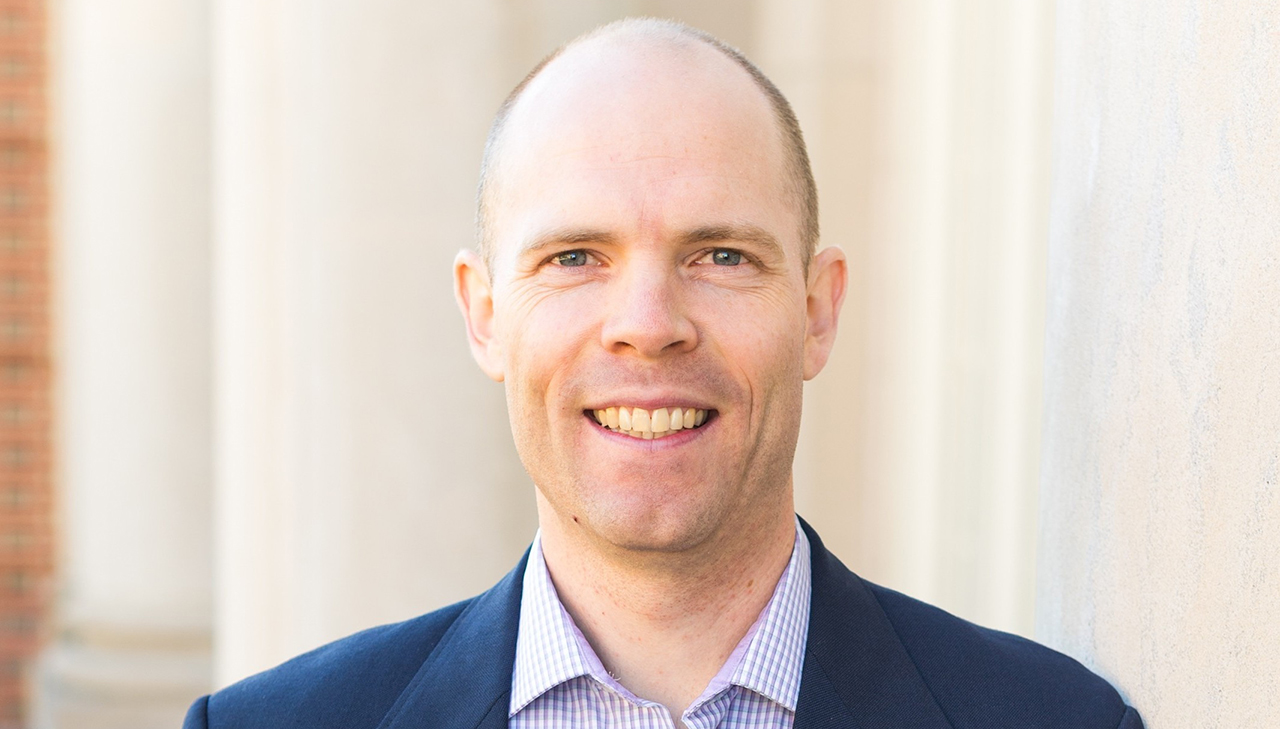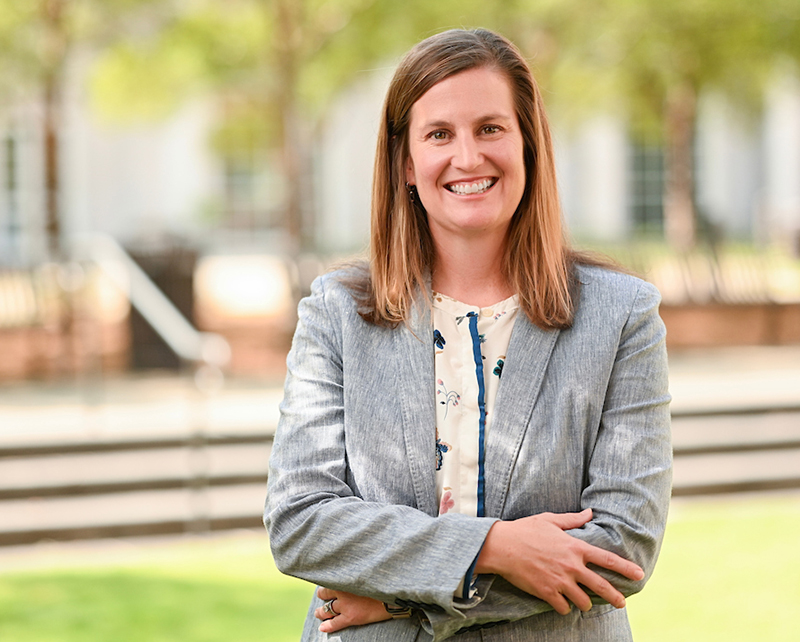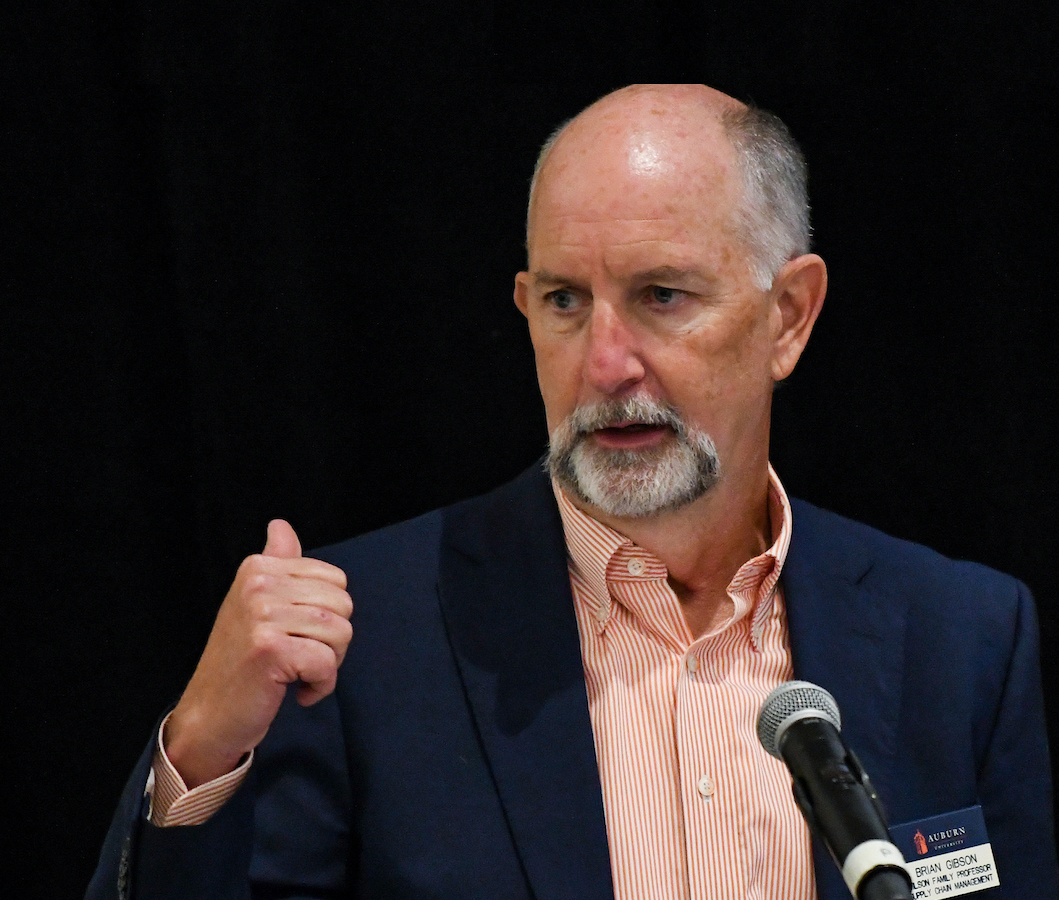
Once the pandemic hit companies worldwide, marketers—the revenue generators, the customers’
closest ally, the barometers of ever-changing wants and needs—went into panic mode.
That led to impromptu survival tactics and the looming question of what challenges
this new world would bring.
But some forward-thinking marketers transformed the process of adaptation into game-changing
innovation that now better positions them for growth in the eventual recovery.
By now, marketing is seeing an unforeseen evolution—an opportunity for a “unique unfreezing,”
according to a recent installment in McKinsey’s ongoing series on COVID’s business
impact.
Professor Linda Ferrell, John Roth Family Faculty Fellow of Marketing and Business Ethics in Harbert College's Department of Marketing didn’t mince words when discussing this sea change.
“Marketing will be forever changed as a result of this pandemic,” said Ferrell.
Unleashing the technological genie
What are we likely to see as recovery begins? First off, companies will get closer
to customers. On-demand engagement has become the norm. Though Webex, Microsoft Teams
and Zoom conferencing have been options for a while now, the need for and the remarkable
reliability of these existing technologies meetings has never been clearer.
One result: Crowded travel schedules and plane tickets won’t be easy to defend.
“Will salespeople stop traveling altogether? Of course not,” Ferrell said. “But we
have seen universities and businesses function with conferences and virtual connectedness,
and this has saved a tremendous amount of both money out of pocket and time.”
And as further technology is harnessed, productivity, efficiency and effectiveness
in marketing is likely to increase.
Virtual tools have been evolving at warp speed in the past two decades, but it took
a worldwide pandemic for marketers to uncover and salvage the digital magic crumpled
under piles of old protocols for years. This held particularly true for direct-selling
contractors who saw person-to-person contact as a necessity. These companies not only
fared better during the worst of the pandemic’s economic downturn, but also stand
to gain greater strength in the recovery.
“Many direct selling firms saw dramatic sales increases, all because their independent
sellers started connecting virtually,” Ferrell said.
Just bring it to me
“On demand” has become a way of life for consumers everywhere in the wake of the pandemic.
In one eight-week period after COVID hit and lockdowns began, consumers vaulted the
equivalent of five years when it came to adopting digital spending habits.
On a recent HarbertPodcast, restaurant entrepreneur Kelly Baltes, a 2005 graduate of Harbert’s Executive MBA program, offered his thoughts on the impact on dining establishments seeking to recover
from a crushing financial blow.
“There’s not going to be that big moment when the pandemic is declared over and we
go back to the way we were,” he said. Some of the new spending habits will “stick,”
and that will require businesses to be adaptive in that model, all the while keeping
the brand strong. The convenience of restaurant delivery is the stickiest. This could
be a major challenge to upstarts that were on great trajectories before the pandemic
hit; established, large restaurants will likely bounce back quicker.
The big question, Baltes said, is, “How can the independents find a right way to come
back and to give the guests what they need, which is going to be a little bit different
on the other side?”
But of course, the “I need it right here, right now” mentality isn’t limited to restaurant
fare, Ferrell said.
“We have seen the explosion of subscription services. We are likely to see more as
companies better learn how to monetize their product-service offering,” she said.
For instance, as consumers have more universally accepted e-books, the marketers of
textbook publishers have offered a variety of pricing strategies, including all-access,
which offers students all their textbooks for one low price.
“Expect greater innovation in pricing as product access options change,” she said.
A society of subscribers
During the time of COVID, subscription services—from Peloton fitness to the Disney
Channel to grocery shopping apps such as Shipt and Instacart—have exploded. This is
another shift that marketers must put front and center when planning for the changed
environment of recovery.
“Certain things that we are now buying online, we will continue to after the pandemic,”
Ferrell said. “We have rolled into repeat purchasing online for routinely used or
bulky and heavy items that are delivered right to your doorstep. Chewy, the pet food
and ‘all things pet’ company, believes that they will retain a great deal of their
online pet-related sales.
“Think about pet food, pet litter and similar bulky items that they ship to you—that’s
a bonus.”
Entertainment—not just newly released movies but also live streams of concerts and
other big events—has moved home, too.
“We also have invested in more serious home entertainment technologies,” Ferrell said.
“Are we really going to be going back to movie theaters? So, some of the staple of
our life, pre-pandemic, may become not obsolete, but in much less demand.”
Markets boosted by the pandemic
In May 2020, the New York Times was reporting that bicycle shops in Brooklyn, Phoenix
and Washington, D.C, were running out of stock. That trend built and continued, creating
and ongoing bicycle shortage as folks yearn to get out of the house or—if they must
go to the office—find an alternative mode to get there.
The trend had already taken off. Market research company N.P.D. Group reported that
sales of commuter, fitness, children’s and electric bikes increased, by category,
from 66% to 121%.
Similar trends led to a kitchen revolution. Mandates to stay at home not only raised
reader demand for more food content from food bloggers and online magazines (Good
Housekeeping saw a 93% increase) but sent kitchen equipment sales soaring as people
began new forays into home cooking.
How we live, how we relate
It’s not just tangible goods and services that have been affected in this transformational
time. Take the assessment of the ads run during the broadcast of Super Bowl LV in
February. Often notorious for their offbeat humor and comically startling visuals,
these ads offer water-cooler subject matter for weeks afterward. The mood is freewheeling,
upbeat.
This year, there was a notable difference. The humor was there, but along with it
a sense of unity and caring in anticipation of recovery. Even if Bruce Springsteen’s
Jeep ad calling for red and blue to gather in “the middle” backfired as it aired one
month after the Capitol insurrection in Washington, the effort was there.
Ferrell said this shift in messaging may mirror what will happen not just in marketing,
but also in the country.
“This may be like 9/11, and people were kinder to one another for about six months
after the tragedies and then shifted back into their old selves,” Ferrell said. “I
think this has been so pervasive and culturally traumatic that we will not go back
to our old selves, as so much in our lives will be restructured.”
An enormous aspect of that restructuring is the way marketers are—and will be—working.
“Do we need to work in New York City, Los Angeles and other uber-expensive locations?
What happens when your workforce, including your marketing department, can work from
anywhere?” Ferrell said. “You could attract the best talent and allow them to determine
where they operate from. Quality of life, as we have experienced, is taking on new
meaning for many and impacting decisions even as to whether to work.”


 Degrees & Programs
Degrees & Programs
 Faculty & Staff
Faculty & Staff
 Career Development
Career Development
 Recruiters & Industry
Recruiters & Industry






